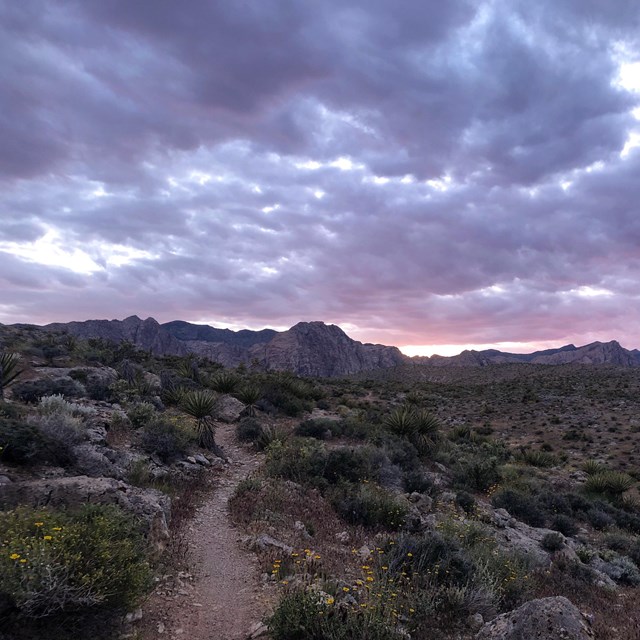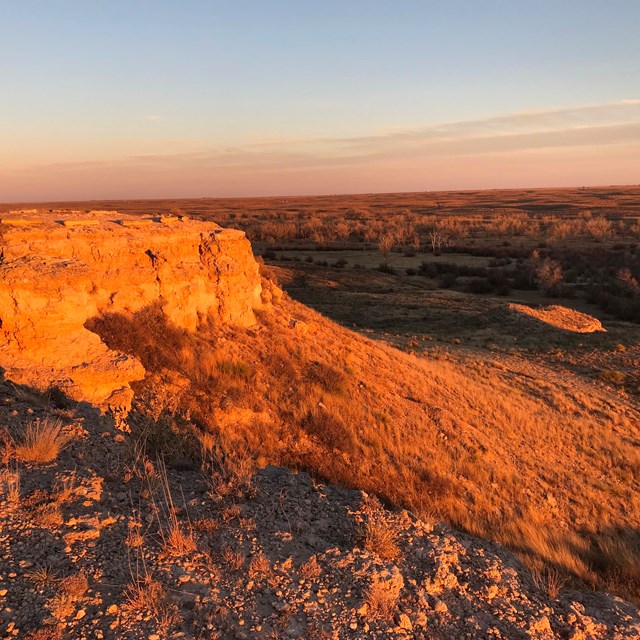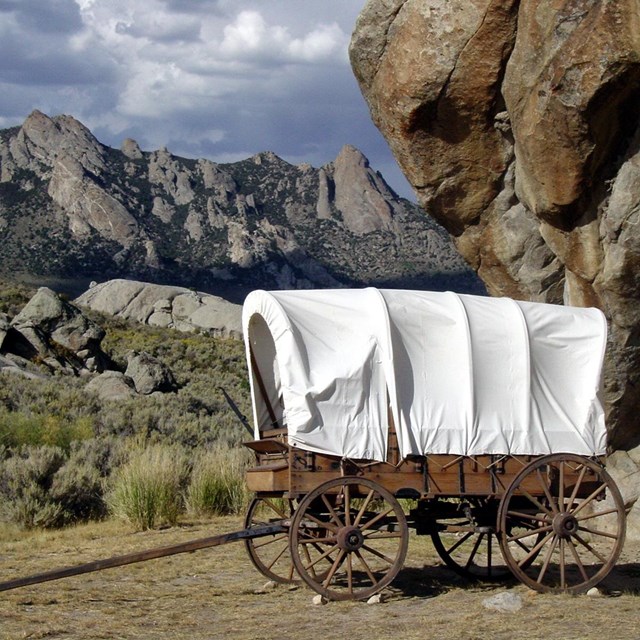Last updated: January 26, 2021
Article
The Lands of the Overland Trails: Protests against the Mexican American War

Photo/NPS
Almost every movement in American history has a corresponding counter movement. The Mexican American War (1846-48), which resulted in Mexico ceding much of the modern-day American Southwest to the United States, is a good example. With the stroke of a pen, parts of the Santa Fe, California, Oregon, Pony Express, Mormon Pioneer, and Old Spanish trails, as well as El Camino Real de Tierra Adentro, suddenly became American territory. More importantly, the United States became a transcontinental nation, stretching “from sea to shining sea.”
Most history classes hit similar points about this era: the election of President James K. Polk, the annexation of Texas, and America’s “manifest destiny” to expand westward. These are important ideas, but they don’t tell the story of the movement against the Mexican American War—which Ulysses S. Grant described as “one of the most unjust ever waged by a stronger nation against a weaker nation.”

Photo/NPS/Palo Alto Battlefield NHP
The war began with trickery. Texas declared its independence from Mexico in 1836; after that, the Nueces River became the generally accepted border between the United States and Mexico. However, in the lead-up to Texas’ annexation in 1845, Polk promised that he would defend Texan claims to the “Nueces strip”—the disputed region between the Nueces and the Rio Grande. In the spring of 1846, Polk ordered U.S. forces to the strip. When violence inevitably began, Polk claimed that Mexican troops had “shed blood upon American soil.” This bit of spin made the aggressor seem like the victim.
There was more than just territory at stake. Antislavery Congressmen criticized what they saw as a blatant attempt to expand slavery westward. Whatever their goals, supporters of the war often justified it in racial terms. The Congressional Globe, for instance, trumpeted “the destiny of the Anglo-Saxon race” to “march from ocean to ocean.” Putting a finer point on the subject, the American Review excitably discussed “changing [Mexico’s] customs, and out-living, out-trading, exterminating her weaker blood.” For many of its most vocal supporters, the Mexican American War was part of a larger vision of white supremacy.
Although the House of Representatives and the Senate both voted overwhelmingly in favor of the war, some Congressmen dissented; Rep. Abraham Lincoln, for example, drafted “spot resolutions” challenging Polk to identify the exact spot where blood had been shed on American soil. The war generated a visceral response in the church, as well. A Unitarian minister from Massachusetts called upon his state to boycott the war effort: “Let it be infamous for a New England man to enlist; for a New England merchant to loan his dollars, or to let his ships in aid of this wicked war; let it be infamous for a manufacturers to make a cannon, a sword, or a kernel of power to kill our brothers.” Abolitionists, too, spoke out against the conflict. The Liberator, published by William Lloyd Garrison, decried the “ruffianism, perfidy, and every other feature of national depravity” on display.
Yet the Black intellectual Frederick Douglass demanded more than mere words from his fellow opponents of the war. Disgusted by the “puny opposition” he saw, Douglass railed against protestors that kept paying their taxes and politicians that remained unwilling to risk their popularity. Henry David Thoreau rose to the challenge, and was thrown in jail after refusing to pay a poll tax. (The constable, thinking that Thoreau was merely short of money, offered to pay the tax for him; to Thoreau’s dismay, one of his relatives finally footed the bill.) The incident inspired his famous essay, “Civil Disobedience,” which later influenced advocates of nonviolent resistance like Mahatma Gandhi and Martin Luther King, Jr. Antiwar Americans continued to meet publicly, despite attacks by pro-war mobs. A group of Irish-Catholics enlisted in the American army defected to the Mexican side, shocked by the ways in which U.S. forces desecrated Catholic churches.
As students of history, it’s obviously important to know what happened. But that doesn’t mean that we should completely ignore the roads not taken. There was never any real chance that protests against the Mexican American War would prevent the conflict; they did, however, provide clear evidence that not every American favored war with Mexico. It’s worth imagining how the national historic trails—and the nation in general—might have turned out if the protesters had gotten their way.
- Eric Foner, Give Me Liberty! An American History (New York: W. W. Norton and Co., 2012), 467 (Polk quote), 468 (Grant quote)
- Howard Zinn, A People’s History of the United States (New York: HarperCollins, 2003), 154-55 (American Review quote), 155 (Congressional Globe quote), 157 (minister quote), 158 (Douglass quote)
- Steven Mintz and Sara McNeil, “War Fever and Antiwar Protests,” Digital History, accessed 16 June 2020 from http://www.digitalhistory.uh.edu/disp_textbook.cfm?smtID=2&psid=3266
learn more
Tags
- california national historic trail
- el camino real de tierra adentro national historic trail
- mormon pioneer national historic trail
- old spanish national historic trail
- oregon national historic trail
- pony express national historic trail
- santa fe national historic trail
- el camino real de tierra adentro
- el camino real de tierra adentro trail
- el camino real de los tejas national historic trail
- santa fe trail
- santa fe national historic trail
- mormon pioneer trail
- california trail
- oregon trail
- pony express trail
- historic trails
- national trails
- stories
- articles







